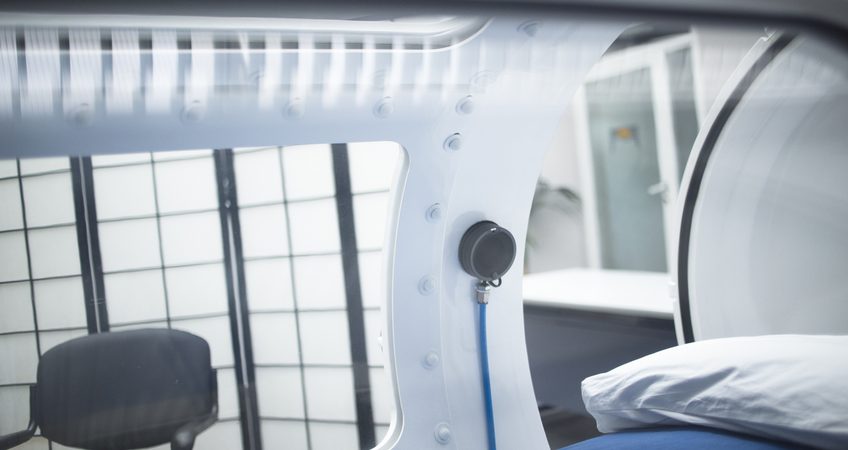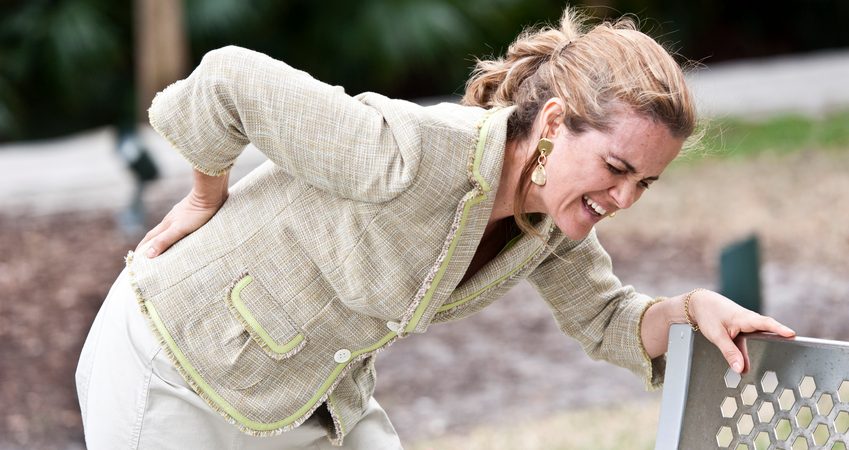Hyperbaric Oxygen Treatment Centers Offer Effective, Natural Pain Relief for RSD and other Chronic Pains
Most people can only imagine the suffering that those with chronic pain and reflex sympathetic dystrophy syndrome (RSD) go through. Having constant debilitating pain doesn’t just mean giving up favorite activities and job security, though. Those with RSD also face having routine shots and taking addictive pain medications on a daily basis. Many will have hundreds of injections, and still not get over their pain permanently. It doesn’t have to be that way.
Unfortunately, despite amazing results that Hyperbaric Oxygen Therapy (HBOT) treatment centers worldwide have produced for those with carbon monoxide poisoning, burns and foot ulcers, many people still have not heard about HBOT’s success with stopping chronic pain in its tracks.
Read more: Stop Chronic Pain with Hyperbaric Oxygen Therapy
Despite the amazing results Hyperbaric Oxygen Treatment Centers have produced worldwide, many people are not aware of how beneficial HBOT can be for treating RSD Syndrome and chronic pain. And perhaps that’s not surprising, considering that the value of hyperbaric oxygen therapy seems to be a well-kept medical secret here in the United States. And even though many top U.S. hospitals use HBOT to successfully treat wounds and decompression illness, many people have never read how successfully it can heal a wide range of debilitating conditions like chronic pain……
So why is that?
Here in the U.S., we tend to look upon ourselves as leaders in medical care. Clearly, this isn’t true in the area of hyperbaric oxygen therapy. The Federal Drug Administration (FDA) has approved its use for 17 conditions, including acute cerebral edema and sudden onset hearing loss. The FDA is dragging its feet on clearing it for other health conditions. But centers in Russia and other countries successfully use HBOT to treat as many as 74 conditions, including PTSD, multiple sclerosis, stroke and chronic pain!
After 31 years practicing neurology and 14 years of providing HBOT in our Palm Harbor, FL Hyperbaric Oxygen Treatment Center, Dr. Spiegel has seen the pain of RSD sufferers improve dramatically.
Here’s how it works…
During an HBOT session, a patient sits or lies comfortably in a pressurized chamber, and breathes in 100% oxygen. The person can relax, breathe normally, and even listen to music or watch television to help pass the time. Saturation levels of oxygen in blood and tissues increase 10 to 20 times while in the chamber. As oxygen floods their bloodstream, painful swelling goes down and healing begins to occur.
After completing several HBOT sessions, patients show increased strength. They also say they sleep better, think more clearly, feel less depressed, and are able to return to their normal daily routines. Now that’s a good reason for those with RSD and other chronic pain to celebrate!If you suffer from RSD or other chronic pain and want to learn how HBOT could benefit you, please contact us at 727-787-7007. To schedule a personalized hyperbaric oxygen therapy consultation with Dr. Spiegel, simply click here. Someone from our helpful office staff will call to confirm your appointment.




